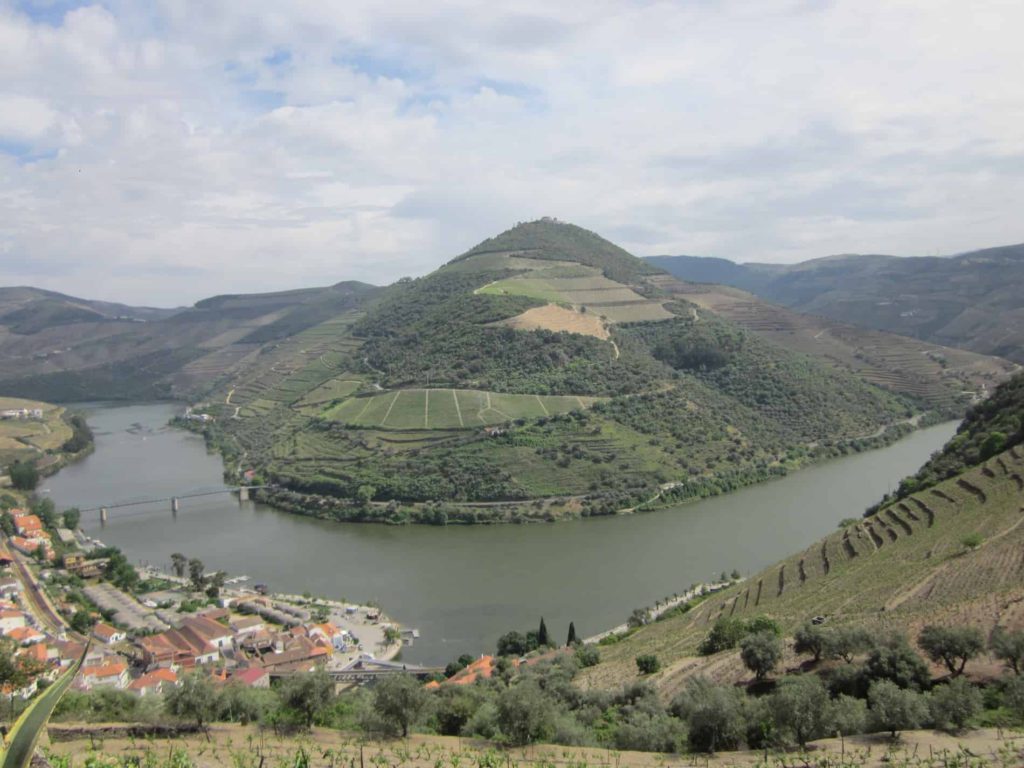If the United States has Route 66, Portugal has its National 2, an off-highway, the backbone of the country’s interior. From Chaves to Faro, a route of authentic country and authentic gastronomy. Although its 737 kilometers allow you to cover the road in one day, it would be a waste. EN2 is for savoring. The goal is not to arrive.
Iberinbound, iberinbound@iberinbound.com offers you in this post only some brushstrokes of this wonderful route.
From the Trás-os-Montes region, land of chestnuts and men with capes, this nineteenth-century highway crosses the country’s great rivers, soon with the Duero, then with the Dão and the Tajo and finally with the estuary Formosa, land of clams and men with shorts. In between, food houses that do not appear on the Internet, ravines, villages and crafts. The EN2 goes through the cities instead of bordering them, so the temptation to go making stops is permanent and, also, gratifying.
The landscape is warming up. You start with mountains and humid climate to make your way through the river beaches of Tondela, Góis or Pedrógão Grande, which take advantage of furious rivers and neighboring swamps. Little by little the horizon widens, the eucalyptus trees disappear and it is filled with huge meadows with cork oaks and holm oaks. In the Alentejo land, the oaks are shown bare from the neck down, uncorked with the skill of surgeons.
Always inland, only when climbing Aljustrel you can see a little ocean in the distance before descending, with usually sunny and dry weather, to Almodôvar. The road from here to São Brás de Alportel has been declared a national heritage. The old signage and the houses of road workers, its typical tiled facades and the mileage to the nearby cities have been restored. To Faro there are 17 kilometers. The objective is almost fulfilled and we already have ideas of what we left behind.
Sailing between vineyards, from Pinhão to Provesende
Pinhão grows in the Duero, equidistant from Oporto and the Spanish border, in the center of the oldest wine-producing area with designation of origin, that of the Duero (1756). As the boat moves forward, green and brown striped slopes with splashes of lime or the albero pass through the river; They are the quintas, each with its centuries-old history: Quinta do Castro, Quinta de Santa Barbara, Quinta do Vallado… In Peso da Régua, the capital of the region, you have to visit the Wine Museum to understand the history of the region .
From Pinhão to Tua, to the north, the highest concentration of fifths of the river is observed (Ronção, Malvedos, Bom Retiro, Vesúvio), with vineyards that climb up to 500 meters in altitude between meanders and streams.
Out of breath you reach Provesende, a noble village in former times judging by its coats of arms and granite stone mansions. Conquered by the Arabs, it has a Roman cemetery, a Romanesque chapel, a baroque fountain and 10 Manueline mansions that could house the entire neighborhood.
To Santiago along the Portuguese coast
The central Portuguese road (Porto-Valença-Santiago) is the second most popular, after the French (Roncesvalles-Santiago). But not the only one that crosses Portugal. Since last year, the 11 municipalities on the forgotten coastal route have created common, clear and rigorous signs with history.
Along the way you have to meander, thus discovering unique corners from your departure in Porto to Vila Nova de Cerveira, passing through Matosinhos, Maia, Vila do Conde, Póvoa de Varzim, Esposende, Viana do Castelo and Caminha. There are 150 kilometers through the Portuguese geography (250 to the Obradoiro will be missing). Although it is called the coastal path, you rarely see the sea, which does not mean that the beauty of the walk is guaranteed with old Roman roads, lush groves, patient vacations and ancient aqueducts.
What better start than Porto, the invincible, and with the beautiful beaches of its neighboring Foz and Matosinhos. After eating an incomparable francesinha, she set off towards Vila do Conde, where the Manueline portico of her cathedral stands out; we pass through Esposende, where the Cávado river allows us to decide whether to continue along the coast, towards Apúlia, or to go up in Fonte Boa.
In Castelo do Neiva is the oldest temple dedicated to Santiago outside of Spain. It was consecrated in 862, shortly after the discovery of the apostle’s tomb in Compostela.
To save the mighty Lima river, at the height of Viana do Castelo, 10 centuries are skipped, when Gustave Eiffel replaced the flimsy wooden bridge in 1878 with an iron one, which today supports us. The walled city are bigger words. At least once, you must enter or exit through the door that bears the saint’s name and then lose yourself in its labyrinthine streets until you find the pilgrim’s first hospital (dated 1468).
Iberinbound Travel, incoming travel agency in Spain and Portugal iberinbound@iberinbound.com We are leaders in Group tours if they are Pilgrimage, Educational, Students, Leisure, ad-hoc groups, Shorex, MICE.

